Inside: An exploration of conceptual art with a focus on Sol LeWitt instruction installations. Students create their own version of a LeWitt wall drawing or write their own instructions to be interpreted by classmates.
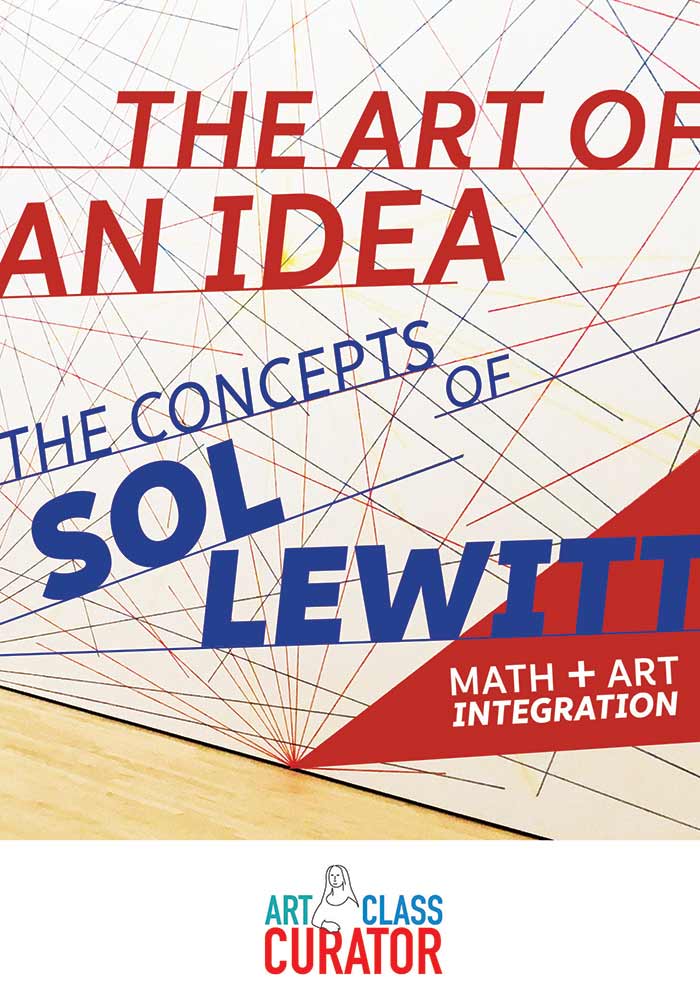
Conceptual art is hard to define. While other art movements are determined by their age or style, conceptualism is more concerned with an artist’s idea. Conceptual artworks may take the form of a performance like the famous work of Marina Abramovic or rely on text like John Baldessari’s I Will Not Make Any More Boring Art.

Many have challenged whether conceptual works should even be considered art, as they usually lack the expertise, appearance, and marketability of other pieces. Viewers might be tempted to remark that they could have created the artwork themselves. Love it or hate it, conceptual artworks challenge our suppositions and expand the boundaries of art.
One conceptual artist who focused on the concept over the construction was Sol LeWitt. After serving in the Korean War, LeWitt opened a studio on the Lower East Side of New York City, attended the School of Visual Arts, and worked at Seventeen magazine where he explored his interest in design. He later worked as a graphic designer for an architect and as a night receptionist and clerk at the New York Museum of Modern Art.
In conceptual art the idea or concept is the most important aspect of the work. When an artist uses a conceptual form of art, it means that all of the planning and decisions are made beforehand and the execution is a perfunctory affair. The idea becomes a machine that makes the art.
-Sol LeWitt
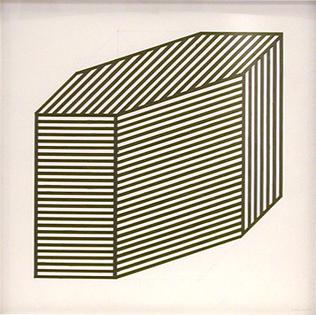
These early experiences clearly influenced his work as an artist. In the early 1960s, LeWitt began to create “structures”, a term he preferred over sculpture. Later, he created wall drawings gouaches, artist’s books, and dabbled in architecture and landscaping.

Sol LeWitt Instruction
LeWitt’s instruction-based artworks may be his most recognizable. For these projects, LeWitt hired individuals to construct installations based only on his instructions. He viewed himself like an architect that created the design but left the actual building to others.
Here are the instructions for a piece I saw at the SFMOMA in December.
Sol LeWitt instruction never reached the exact precision of the blueprints an architect authors. His instructions left much open to interpretation and no two installations were identical. However, his works did employ the geometric patterns and mathematical concepts used by architects.

How would you do it?
Before showing your students the San Francisco Museum of Modern Art’s take on Wall Drawing 273, you can give them the instructions (pictured above) and have them create their own version.
Give them pieces of white paper to use for the “walls,” rulers, and red, blue, and yellow markers. Have students compare their work to see how everyone interpreted Sol LeWitt’s instructions differently.
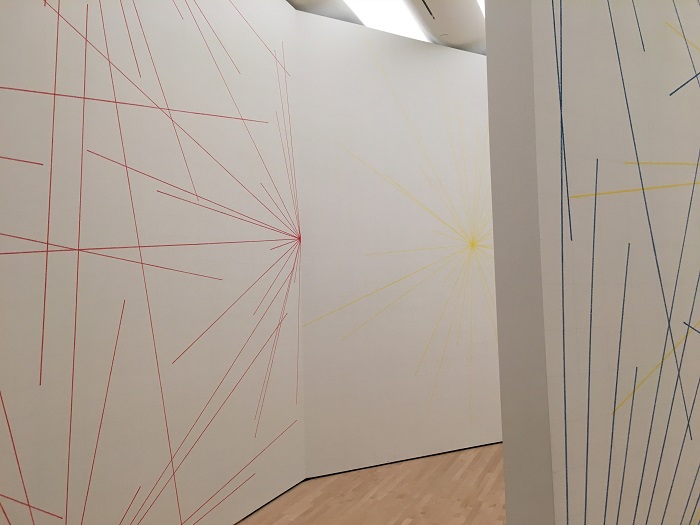
Discussion
Conceptual art elicits a wide variety of reactions, making it a conversational flashpoint. For a complete lesson, pair the Sol LeWitt instruction STEAM activity below with a classroom discussion.
Recommended Discussion Questions:
- Is art the idea or is art the final product?
- Should we call Sol LeWitt the artist since he didn’t physically make the piece?
- Should the people who constructed the piece be given equal credit for its creation?
Sol LeWitt Instruction Math and Art Integration
The mathematical nature of DeWitt’s work makes it a great inspiration for STEAM-integrated art lessons.
For this classroom activity, separate students into pairs or groups. Each student or group will write instructions for the creation of an artwork. Require them to use their math vocabulary and their knowledge of the elements of art and principles of design in the instructions. For example, they may require specific measurements, the use of acute and/or obtuse angles, the inclusion of various shapes, lines of a certain width or length, or anything else they can imagine. Then, students swap instructions with their partner or another group and create the piece described in the instructions they receive.
While I’ve always seen the potential of the Sol LeWitt instruction pieces in the classroom, the math and art integration was inspired by a presentation I attended last Fall at the Arts School Network Conference. Magdalena Fitzsimmons of Baltimore County Public Schools presented about her take on Sol Lewitt’s math and art integration. Students had to reference 3 math concepts and 3 elements and principles in their instructions.
More Sol LeWitt Lessons and Resources
- Check out this National Gallery of Art Lesson Plan for your high schoolers based on Four-Sided Pyramid pictured above.
- You can also check our Devon Calvert’s lesson on Sol LeWitt for a related art project for your elementary students!
- Have students read and interpret these sentences on conceptual art written by Sol LeWitt to further explore conceptual art.
- Artist Abigail Levine performed and videotaped herself enacting a Sol LeWitt instruction piece. Discuss with your students who is the artist in this scenario!

Participating Art Teacher Blogs:
- Art Class Curator
- Art Ed Guru
- Art is Basic
- Art Room Blog
- Art with Mr. E
- Arte a Scoula
- Artful Artsy Amy
- Brava Art Press
- Capitol of Creativity
- Create Art with ME
- MiniMatisse
- Mr. Calvert’s Art Room Happenings
- Mrs. Boudreaux’s Amazing Art Room
- Mrs. T’s Art Room
- Party in the Art Room
- shine brite zamorano
- Tales from the Traveling Art Teacher
- There’s a Dragon in my Art Room

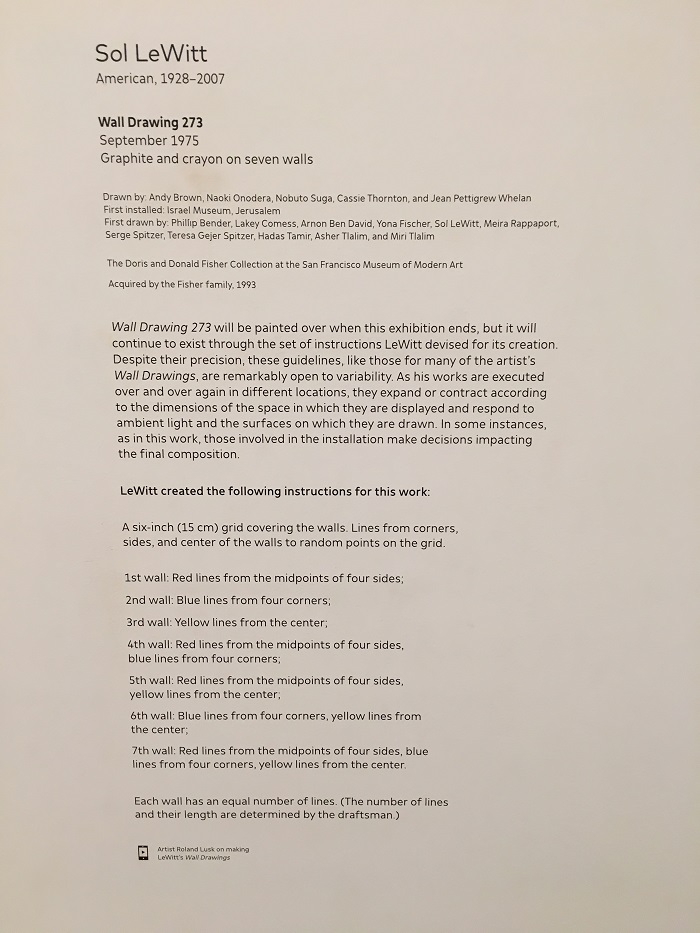
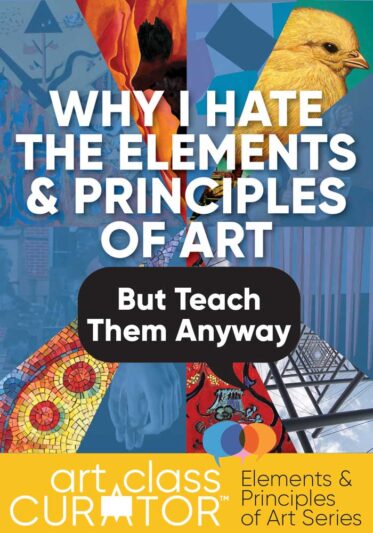
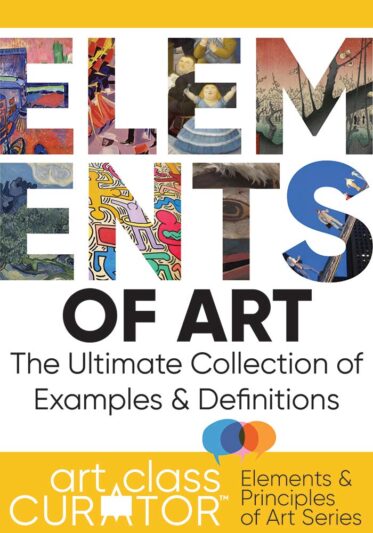
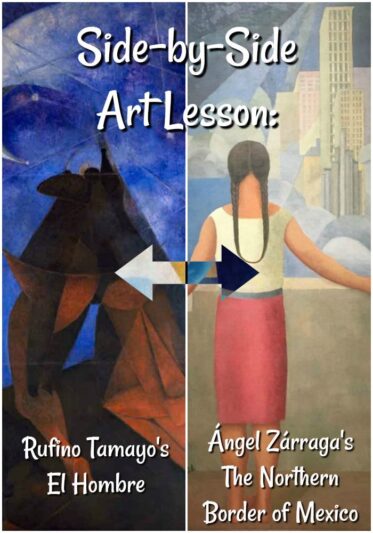

Leave a Comment